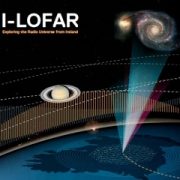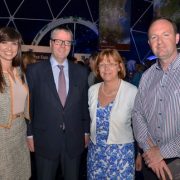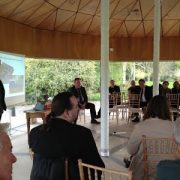LOFAR Colloquia at UCC and UCD
LOFAR Colloquia will take place at UCC and UCD in February, where the speaker, Prof. Ralph Wijers from the University of Amsterdam, will discuss the capabilities of the International LOFAR Telescope (ILT), its scientific aims and the present status of the ILT together with science results that have already been published. The speaker will also cover some of the challenges ahead and lessons learned to achieve full exploitation its capabilities.
UCC: Monday, February 3rd, 4pm in room B10A in the Kane Building in UCC.
UCD: Wednesday, February 5th, 4pm in room 1.28, Science Centre North (Physics Building), Belfield
Speaker: Prof. Ralph Wijers, University of Amsterdam
Title: “LOFAR: overview, status, and early results”
Abstract:
The LOFAR radio telescope, now officially the ILT, was built by The Netherlands with Germany, UK, Sweden, and France, and can still accommodate expansion. It is a versatile interferometer operating in the 20-80 and 110-240 MHz frequency ranges, observing the low-frequency sky to unprecedented sensitivity and resolution. It scientific aims range from the epoch of Reionisation to the Sun, from planets to black holes to cosmic rays, and to general exploration of the unknown in the deep sky and in time domain astronomy. I will present a brief overview of the raw capabilities, the present status of ILT and some nice science results that have already come out. I will also discuss some of the challenges ahead and lessons learned to achieve full exploitation ILT’s capabilities.








